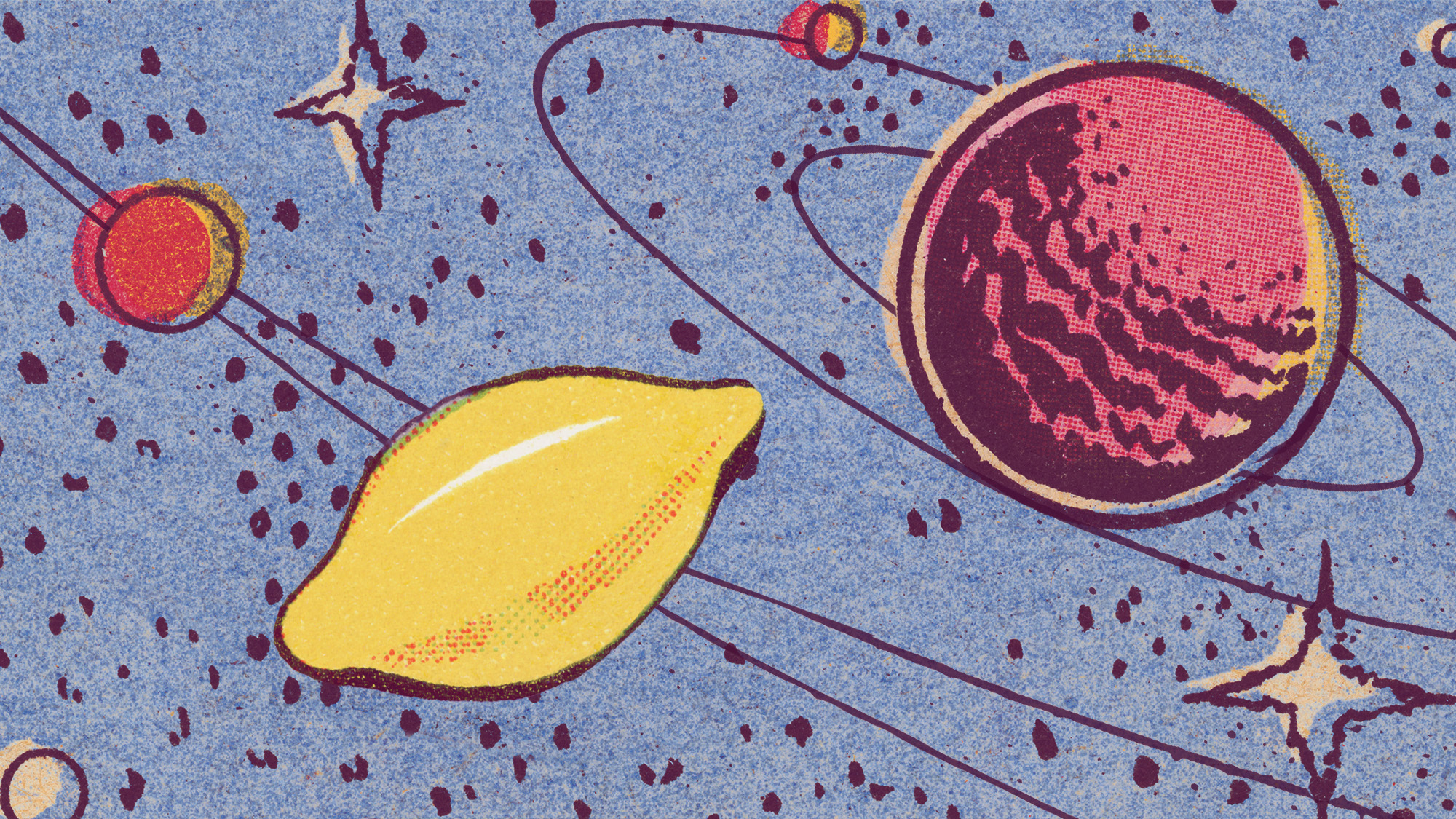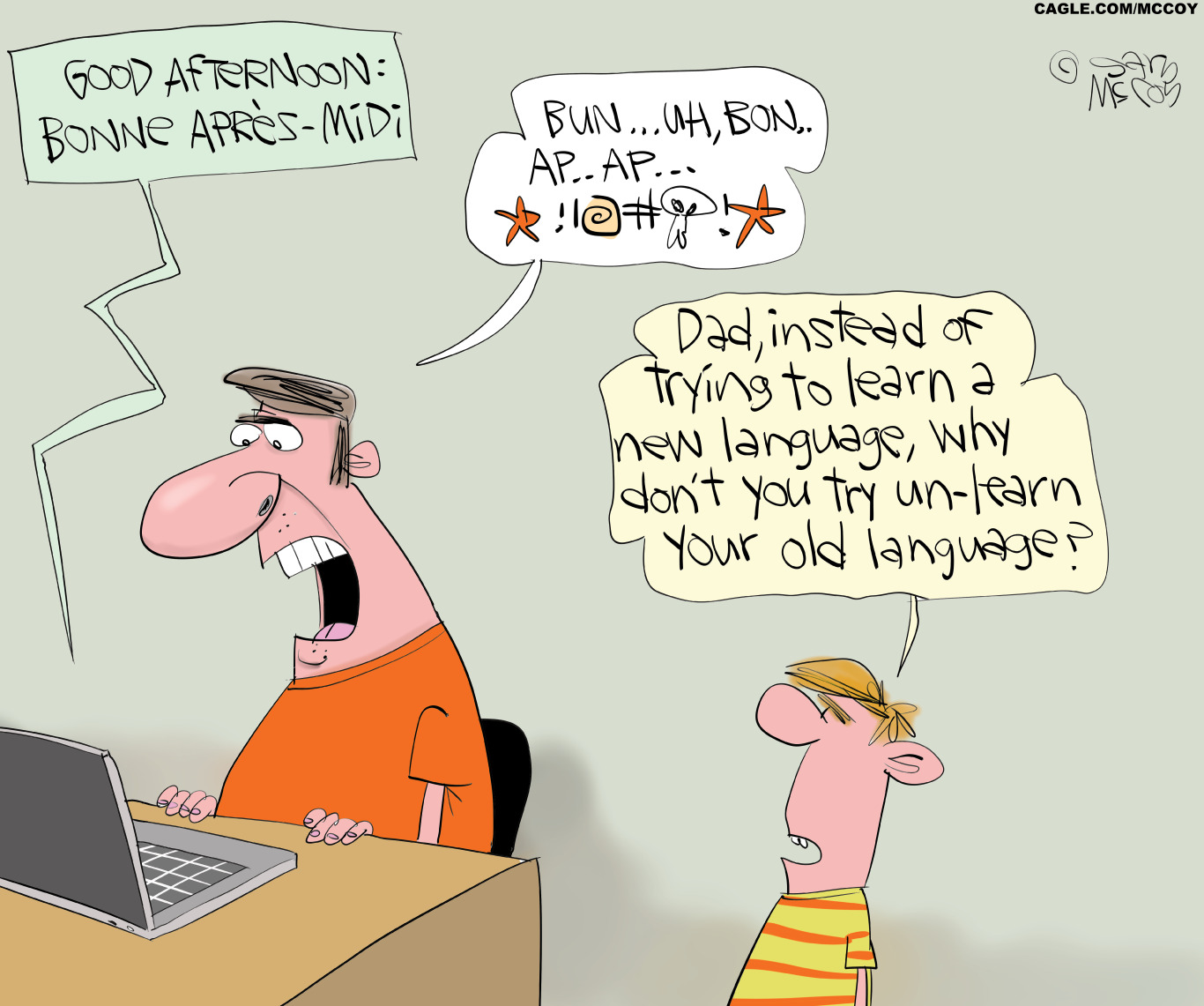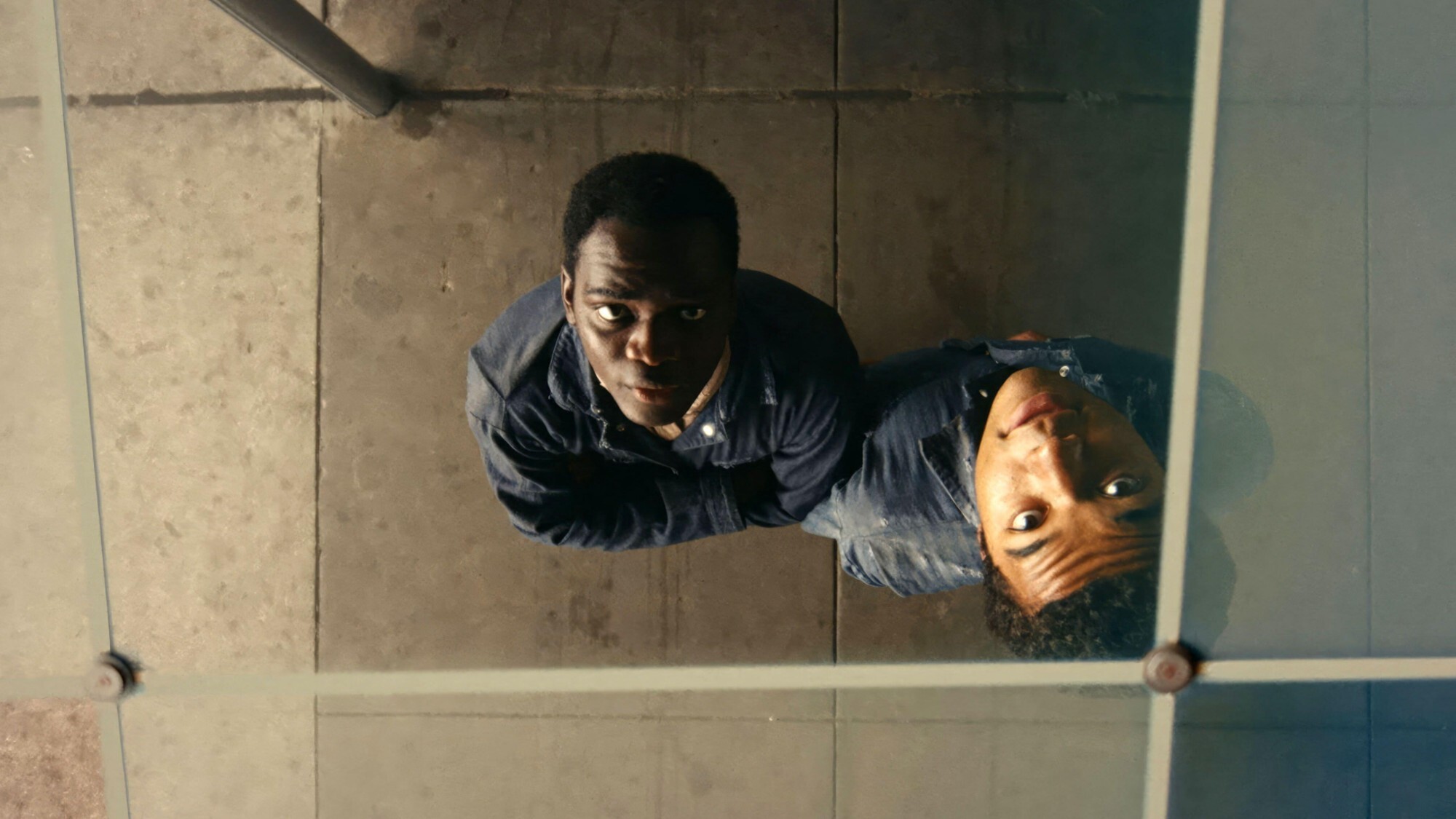Book of the week: Hot Stuff: Disco and the Remaking of American Culture by Alice Echols
Echols makes a compelling case that the disco music of 1970s America played a meaningful role in helping women, minorities, and gay men realize dreams of equality that were born in the idealistic ’60s.
(Norton, 338 pages, $26.95)
Nobody hates disco like they used to, said Melissa Anderson in Newsday. Thirty-one years after Chicago’s Comiskey Park entertained spectators by blowing up a mountain of disco records, there’s hardly a wedding or bar mitzvah that goes by without a joyous, seat-clearing resurrection of Sister Sledge’s “We Are Family.” Historian Alice Echols isn’t the first author to consider disco’s cultural contributions, but her judgments feel uncommonly sound: She’s right to note, for instance, that the Village People still merit listeners’ scorn. In bringing “a scholar’s acumen but a fan’s ardor” to her study of disco, she makes a compelling case that the dance soundtrack of 1970s America played a meaningful role in helping women, minorities, and gay men realize dreams of equality that were born in the idealistic ’60s.
Disco’s ties to gay culture have been well documented, said Michaelangelo Matos in Bookforum. The gay liberation movement was inspired, in part, by anger at raids made on bars that allowed same-sex dancing. In the ’70s, gay men took to dance floors with revolutionary zeal, creating a market for a beat-heavy new sound. But Echols notices story lines that other writers haven’t, perhaps because she was a deejay in the ’70s. Disco provided a strings-saturated new R&B for an aspiring black middle class, said Warren Pederson in the San Francisco Chronicle. It also became the party music of women “seeking an outlet for their increasing sexual awareness.” Time calculated that, on the extended mix of the 1975 hit “Love to Love You Baby,” Donna Summer moaned and groaned her way through 22 simulated orgasms.
The Week
Escape your echo chamber. Get the facts behind the news, plus analysis from multiple perspectives.

Sign up for The Week's Free Newsletters
From our morning news briefing to a weekly Good News Newsletter, get the best of The Week delivered directly to your inbox.
From our morning news briefing to a weekly Good News Newsletter, get the best of The Week delivered directly to your inbox.
One of Echols’ “most vivid” chapters dissects Saturday Night Fever, the 1977 film that pushed disco’s popularity to its apex, said James Gavin in The New York Times. The John Travolta movie successfully “heterosexualized” disco, but it and other attempts to capitalize on the music’s appeal also provoked critics. Echols points out that disco was simultaneously attacked for being too mindless and too calculated, “too black and too white, oversexed and asexual.” The music suffered so much at the hands of critics because it “was never intended for close listening” but instead for hot, dark clubs and inebriated dancers. Even so, Echols’ “fond, insightful history” should convince many that it “wasn’t as trashy as people said it was.”
A free daily email with the biggest news stories of the day – and the best features from TheWeek.com
-
 A lemon-shaped exoplanet is squeezing what we know about planet formation
A lemon-shaped exoplanet is squeezing what we know about planet formationUnder the radar It may be made from a former star
-
 Political cartoons for January 4
Political cartoons for January 4Cartoons Sunday's political cartoons include a resolution to learn a new language, and new names in Hades and on battleships
-
 The ultimate films of 2025 by genre
The ultimate films of 2025 by genreThe Week Recommends From comedies to thrillers, documentaries to animations, 2025 featured some unforgettable film moments
-
Also of interest...in picture books for grown-ups
feature How About Never—Is Never Good for You?; The Undertaking of Lily Chen; Meanwhile, in San Francisco; The Portlandia Activity Book
-
Author of the week: Karen Russell
feature Karen Russell could use a rest.
-
The Double Life of Paul de Man by Evelyn Barish
feature Evelyn Barish “has an amazing tale to tell” about the Belgian-born intellectual who enthralled a generation of students and academic colleagues.
-
Book of the week: Flash Boys: A Wall Street Revolt by Michael Lewis
feature Michael Lewis's description of how high-frequency traders use lightning-fast computers to their advantage is “guaranteed to make blood boil.”
-
Also of interest...in creative rebellion
feature A Man Called Destruction; Rebel Music; American Fun; The Scarlet Sisters
-
Author of the week: Susanna Kaysen
feature For a famous memoirist, Susanna Kaysen is highly ambivalent about sharing details about her life.
-
You Must Remember This: Life and Style in Hollywood’s Golden Age by Robert Wagner
feature Robert Wagner “seems to have known anybody who was anybody in Hollywood.”
-
Book of the week: Astoria: John Jacob Astor and Thomas Jefferson’s Lost Pacific Empire by Peter Stark
feature The tale of Astoria’s rise and fall turns out to be “as exciting as anything in American history.”